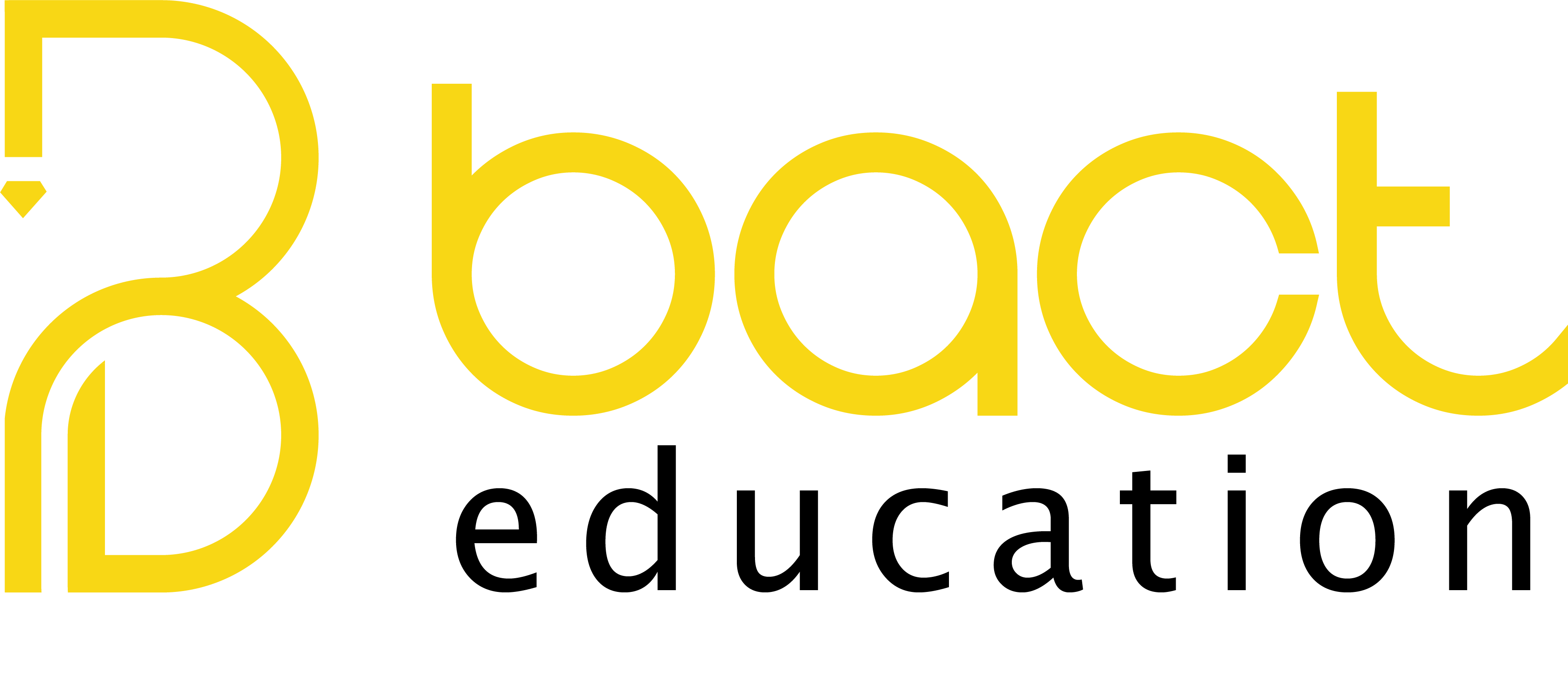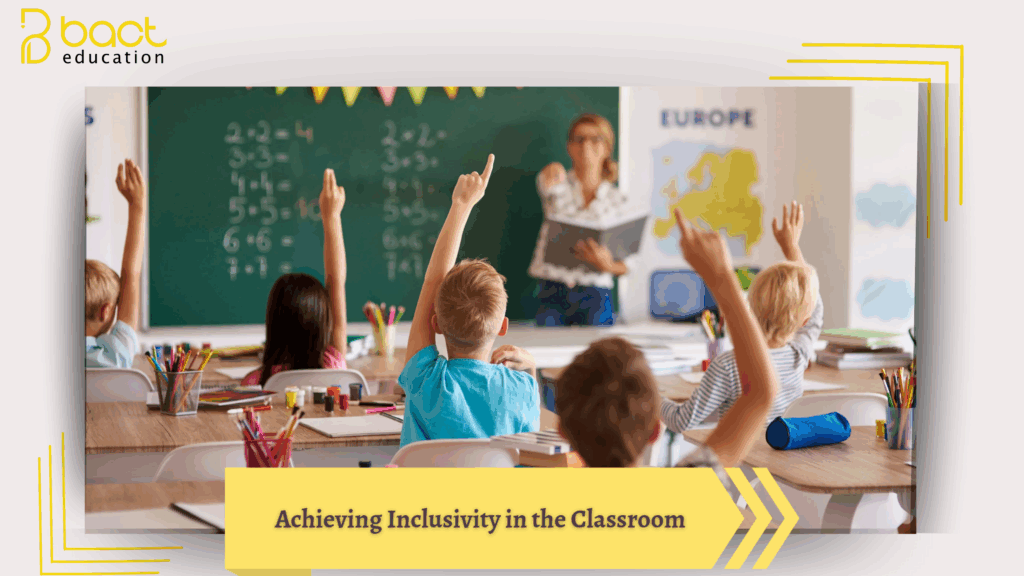Achieving Inclusivity in the Classroom
In today’s multi-culturally diverse educational setting, inclusive classrooms are not only the moral obligation but also the catalyst to improving student outcomes. Inclusivity is the model that ensures every student, by background, ability, or identity, feels valued and a part of his or her own learning process. Achieving it requires intentional planning, thought, and action on the part of educators and institutions.
- Understanding Inclusivity
An inclusive classroom is a setting where diversity is embraced and there is equal access to learning opportunities for all students. Inclusivity does not only refer to physical accessibility, but also recognizing diverse cultural, linguistic, socio-economic, and learning needs. Embracing diversity enables teachers to design spaces where students are enabled to contribute, collaborate, and succeed.
- Differentiated Instruction
Not every student learns equally. Differentiated instruction provides the opportunity for teachers to modify content, process, and assessment to meet the needs of different learners. Some examples are:
- Offering multiple means of learning (visual, auditory, kinesthetic).
- Flexible grouping to promote peer learning.
- Choice in assignments, enabling students to express understanding in a number of ways (presentations, essays, projects).
- Culturally Responsive Teaching
Students have heterogeneous cultural backgrounds that shape their experiences and perspectives. Teachers can build inclusivity by:
- Including multiple voices, narratives, and histories in the curriculum.
- Encouraging students to bring their cultural understanding and experience.
- Being aware of bias and stereotypes, and proactively denying them in class discussions.
- Building a Supportive Environment
Building a sense of belonging is essential to inclusion. Teachers can:
- Setting clear norms that emphasize respect, kindness, and cooperation.
- Use inclusive language and do not use discriminatory terms.
- Have classroom and displayed materials reflect diversity of race, gender, ability, and family organization.
- Universal Design for Learning (UDL)
UDL is a model of instruction that emphasizes flexibility in the presentation of material, in the engagement with it by students, and in demonstrating learning. For example:
- Multiple means of representation: providing text, audio, and visual presentations.
- Multiple means of engagement: using collaborative learning, independent projects, and technology-enhanced instruction.
- Multiple channels of expression: providing learners with the opportunity to express what they have learned in a range of formats.
- Empowering Students with Special Educational Needs
Being inclusive also means ensuring that disabled or differently abled learners are given comprehensive support. This can involve:
- Working collaboratively with special education staff.
- Providing accommodations such as extra time, assistive technologies, or alternate formats for materials.
- Creating peer support systems and fostering empathy among peers.
- Promoting Student Voice
Inclusivity is not just the responsibility of teachers; students have to be active participants. Teachers can ensure student agency by:
- Offering spaces for students to provide feedback and be heard regarding classroom decisions.
- Taking frequent feedback polls to understand how students view the classroom.
- Providing leadership opportunities to all students, not just high-performing students.
- Professional Development and Reflection
Teachers must self-reflect regularly on their own practice and biases. Schools must encourage professional development in cultural competence, inclusive pedagogy, and differentiated instruction. Peer observation and co-planning will also enhance teachers’ ability to create inclusive space.
Conclusion
An inclusive classroom is a lively and dynamic place where diversity is respected, and all learners are supported to flourish. Inclusion is an ongoing process that requires commitment, adaptability, and collaboration between teachers, students, and the whole school. With inclusivity, not only does academic achievement become better, but empathy, resilience, and respect – skills which will stay with students out of the classroom into the world – are also cultivated

